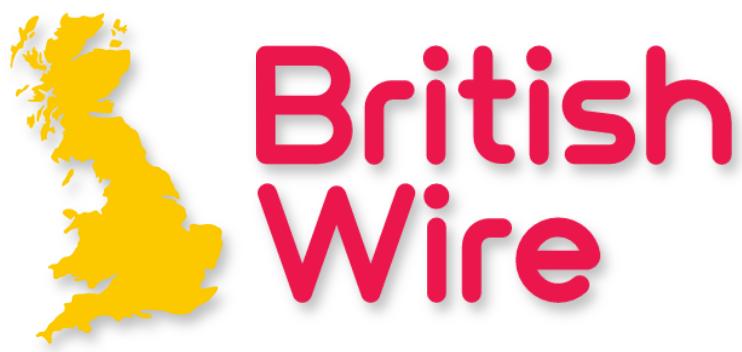Hiring in the United States surged in November, extending a streak of robust job gains that have bolstered the country’s economic expansion. According to the latest report from the Labor Department, employers added 227,000 jobs last month, with healthcare, restaurants, and bars leading the charge. This marked a strong rebound from October, when job growth slowed sharply due to disruptions caused by major storms and labor strikes.
The data is seen as positive news for the U.S. economy, particularly as analysts continue to debate the future direction of interest rates. The Federal Reserve has been gradually lowering rates since September, aiming to sustain economic growth and prevent a slowdown in the labor market. In October, however, job growth came to a halt, largely due to labor strikes at companies like Boeing and the impact of hurricanes, which caused widespread disruptions.
November’s job growth appears to signal that the October slowdown was temporary. The Labor Department also revised its figures for September and October, showing that job growth in those months was stronger than initially reported.
Despite the positive jobs report, the U.S. unemployment rate edged up slightly in November, rising from 4.1% to 4.2%. This marked the highest jobless rate since August. However, many analysts believe the Federal Reserve may still reduce rates at its upcoming meeting, pointing to the recent uptick in unemployment and concerns about inflation.
Federal Reserve Chairman Jerome Powell, however, has suggested that the central bank does not see an immediate need for aggressive rate cuts. In recent comments, Powell noted that the economy is growing steadily, with healthy employment levels and consistent wage growth. Richard Flynn, managing director at Charles Schwab UK, echoed this sentiment, saying that the latest jobs report could prompt the Fed to hold off on further rate reductions.
“The economy has reached a point where it is growing healthily, with fairly full employment, and consistent wage growth,” Flynn said. “There is very little evidence suggesting that immediate action is needed.”
With President-elect Donald Trump’s plans to cut taxes and raise tariffs still uncertain, analysts are watching closely to see how these factors could influence future economic conditions. For now, the macroeconomic outlook remains positive, and the market appears to be in an optimistic mood, with few signs of concern other than potential overvaluation.
















